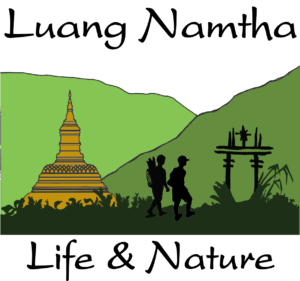Ethnic Khmu were among the region’s earliest permanent settlers, arriving around the 1st century A.D., but advanced civilizations did not appear until the 5th – 8th centuries, as evidenced by remnants at Bokeo’s historic Souvannakhomkham City, and bronze-making kilns and ancient city ruins around Vieng Phoukha.
Ensuing centuries found Siamese, Burmese and Chinese struggle over the region’s strategic trade routes, known as the “Tea Caravan Trail”, taking mules and pack ponies through Laos to China and Tibet. Among the three major routes, the most difficult but most direct ran from Houei Xai through Vieng Phoukha to Luang Namtha Town – today’s Lao Route 3 – before continuing to China.
By the 14th century, the Lane Xang Kingdom, with its capital in Luang Prabang, held sway over Laos’ northwest mountains, before bandits took control in the 18th century. This prompted residents to abandon the area for some 150 years, before Burmese leader Khun Ching established Houei Xai in 1884. Tai Yuan began migrating from Burma and China, and the Hmong arrived via Vietnam followed by Yao and Lanten from Yunnan.






 Users Today : 67
Users Today : 67 This Month : 961
This Month : 961 This Year : 39594
This Year : 39594 Total Users : 85322
Total Users : 85322 Views Today : 169
Views Today : 169 Who's Online : 5
Who's Online : 5